Let’s be honest: The Internet is overflowing with generic blogging advice that often feels outdated or too surface-level. After mentoring thousands of marketers and business owners through their digital transformation journeys, I’ve seen firsthand what separates the hobbyist bloggers from the strategic content creators. And as someone who has been successfully blogging since 2008, I have a few blogging tips that I can share with you that I hope you will leverage for your benefit.
You see, blogging has evolved into one of the most powerful tools for building authority, trust, and inbound leads, but only if it’s done right. Whether you’re just launching your first blog or looking to refine your content strategy, these blogging tips come from years of experience helping businesses grow smarter and faster in the digital age.
Why Blogging Still Matters in 2025
Despite all the changes in digital marketing, blogging remains one of the most effective tools for building trust, visibility, and long-term value. If you’re serious about thought leadership or inbound lead generation, it’s time to treat your blog as a strategic asset, not just a content dumping ground.
While a blog’s target audience may have once been family members, friends, and the occasional stranger with whom your words resonated, blogging has turned into a process with editorial calendars, metrics via Google Analytics, and businesses. Successful bloggers now treat their blogs as inbound marketing engines with which to drive sales and support growth.
Your blogging journey has the ability to deliver an incredible return on investment (ROI). Strategic blogging can demonstrate thought leadership and foster business growth as a result–even when a blog in question is not directly sales related.
Your target audience is tremendously impacted via blogging. Blogs can help build trust, strengthen SEO scores, and increase conversions. Regular blog posts can help drive traffic; some businesses report seeing twice as much traffic when they produce regular blog posts.
Blogging can ultimately impact conversions by both improving SEO scores and building trust with your audience.
Laying the Foundation: Strategy Before Tactics
Before you hit “publish,” take a step back. The most successful blogs begin with clear goals, defined audiences, and intentional positioning that guides every piece of content. To make sure that you are making the most of your blog post habits, consider the following:
Define Your Why
Personal branding and your blog are two separate (but related) entities. Personal branding focuses on image, voice, and consistency. Defining the goals you have for your blogging platforms will help inform where you take your blog post ideas, and how you go about bringing in organic traffic.
One aspect of your “why” for blogging should include building trust. Although search engine optimization is important for your blog, understand that building trust in your blog niche can help establish you as a thought leader and build loyalty with your audience.
Choose the Right Niche and Audience
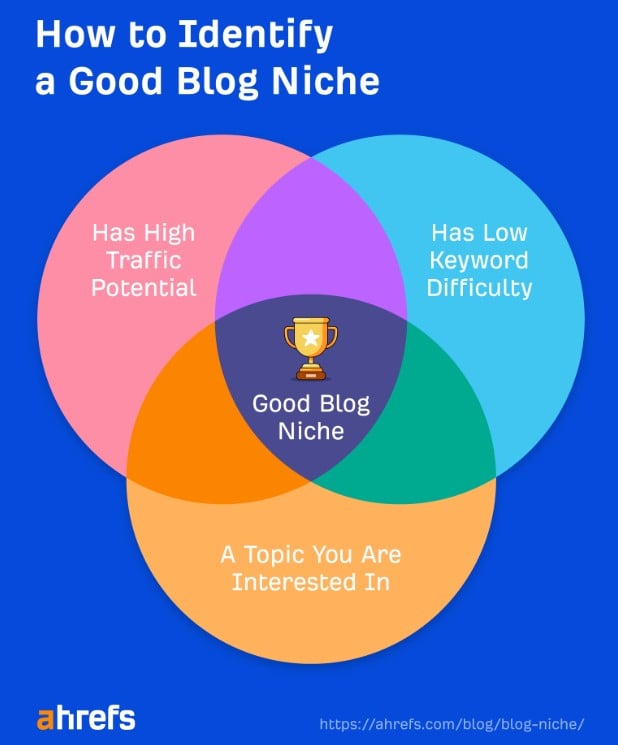 Source
SourceWriting blog posts requires you to understand your niche and your audience. By clearly defining which niche you best fit into and what your audience is searching for, you can develop high quality content that demonstrates depth and authority.
One great example of finding the right niche and audience is Primer. The site is designed to deliver educational material, with an emphasis on schooling at home. What sets Primer’s blog posts apart is the fusion of anecdotes and education. They also organize their blog posts into clear, easy-to-navigate categories, making it easy for audience members to navigate through the blog articles of their choice.
Further Reading: 13 Most Profitable Blog Niche Ideas For 2025
Audit Your Expertise
Comb through your experience as you search for blog post ideas, and identify 3-5 core content pillars you can regularly turn back to. When you draw from your own experience for content ideas, you can more effectively deliver information.
From there, align blog topics with client pain points and any unique insights you may have. Using search intent insights and your own knowledge, you can develop truly compelling content.
Blogging Tips That Work — Tactical, Not Just Theoretical
Most blogging advice sounds good in theory but falls short in practice. These are the specific habits and tactics that I’ve seen work consistently across my blog and my clients’ content strategies.
1. Write Like a Mentor, Not a Marketer
When you develop exclusive content, do so as a mentor or authority figure, not a marketer. By approaching your blog posts with empathy, you will more effectively empathize with your audience and connect.
To truly make your insights stick, use personal anecdotes as part of your blogging strategy. No matter your blogging niche, you can leverage your own experiences to build connections and illustrate your point.
2. Prioritize Evergreen, Search-Friendly Content
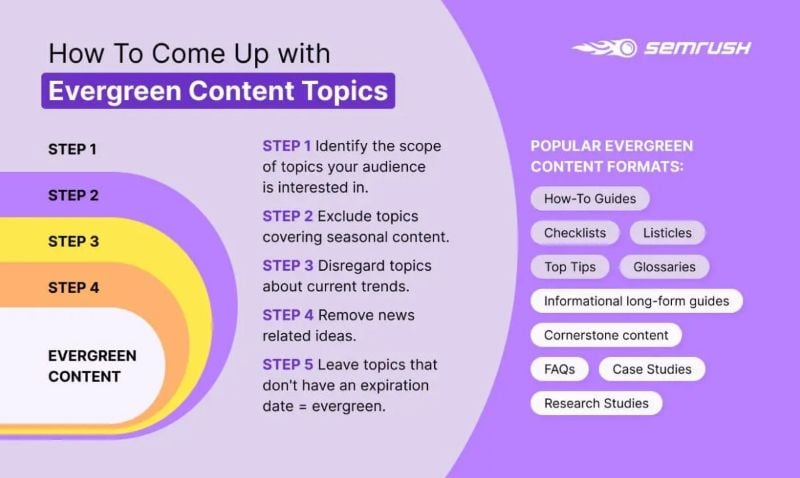 Source
SourceBlog design matters, certainly, but evergreen and search-friendly content holds just as much weight. On NealShaffer.com, I focus on long-tail keywords as a part of my content strategy.
As you write, avoid the type of content typically labeled as clickbait. To encourage a loyal audience, write for people and search engines rather than writing merely for clicks.
Is Your LinkedIn Not Delivering Results?
Just released: my new book to help professionals, entrepreneurs, and business owners maximize LinkedIn for real growth.
With years of LinkedIn expertise, Maximizing LinkedIn for Business Growth offers actionable steps to build your brand, expand your network, and drive results.
Start leveraging LinkedIn like never before—grab your copy now! Click the cover or button below to buy on Amazon.
3. Be Consistent Without Burning Out
Consistency is important, so create a content calendar you can actually adhere to. Your publishing workflow plays a huge role in how your audience responds to you, so make sure you do not push yourself too hard to prevent burn out.
Remember that not all blog posts must be 100% original; you can repurpose content from social media platforms, email newsletters, and podcasts. Turn to your other audiences and email lists to help furnish your content calendar.
4. Build Authority Through Content Depth
Search engines like Google reward comprehensive and original thought, as unoriginal or plagiarized content is flagged by search engines. Get deep into your content to help build authority and encourage your audience’s faith in your brand.
Consider the following to weave data, storytelling, and expert commentary:
- Utilize case studies. These allow readers to see your points in action.
- Use real-life examples from your own business. Using your own business shows openness and growth, building customer trust.
- Link to other content. From guest blogging to podcasts, link back to other content you have produced to help build authority in the eyes of your audience.
Further Reading: 10 Top Tips to Increase Your Blog Post SEO
Essential SEO for Every Blogger
Great content without SEO is like a storefront with no sign. Learn how to align your writing with what both search engines and humans are looking for to dramatically boost your visibility.
5. Do Keyword Research Like a Pro
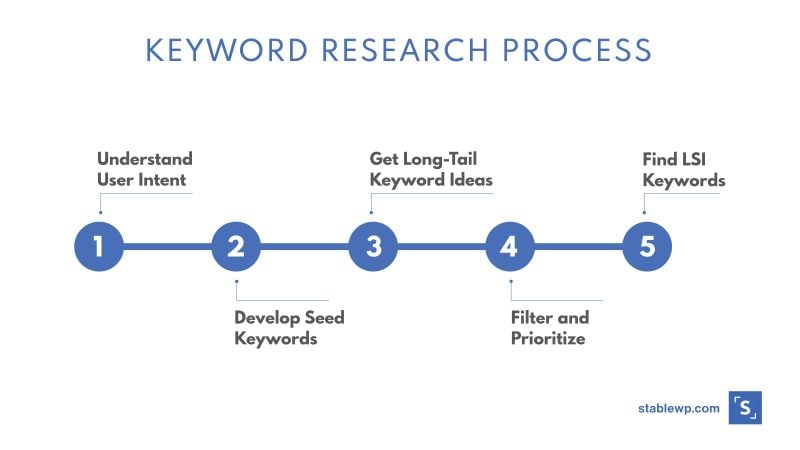 Source
SourceNo blog post is complete without a target keyword. Blogging tools like KeySearch and SEMrush can be used to identify keywords common in or necessary to your niche. You can also use commonly asked questions regarding a keyword as a form of keyword research tool.
As you complete your keyword research, understand the value of balance. When you balance search volume, difficulty, and intent, you can produce blog posts that tick numerous boxes in one go, effectively appeasing SEO and seeing an influx of organic traffic.
6. Structure Posts for Humans and Algorithms
As you develop different content types for your blog, keep an eye on structure that appeases both humans and the algorithm. Using H2 and H3 tags, tables of content, and internal links can all help humans and algorithms, alike, read your content.
Avoid using only H1s, or failing to spit your content into easily-digested, bite-sized pieces. Internal linking is also important, as failing to link to other pages on your site can lessen the appearance of your own expertise.
Further Reading: Here’s How to Structure a Blog Post for Both Readers and Search Engines
7. Image, Alt Text, and Schema Best Practices
Media can also be optimized to improve load times and rankings. By optimizing your images, alt text, and schema, you can make sure your site is being indexed and is therefore more likely to show up in search results.
AI tools can also be useful here. WordPress sites can be used to create all of these components. By focusing on your key takeaways and keywords, you can make sure that Google and other search engines are seeing your site and bumping it up in search rankings.
Monetization and Growth Mindset
While blogging isn’t a get-rich-quick scheme, it can absolutely be a revenue driver when approached with the right mindset and monetization strategies. These are the systems that turn readers into subscribers, and traffic into opportunity.
8. Email List Building From Day One
Readers can become subscribers, so make sure that each pair of eyes that lands on your page has the opportunity to come back for more or receive updates. Using calls to action, you can help convert readers to subscribers.
High-value email lists can be built using blogs. By creating content that demonstrates authority and builds trust, you can encourage email subscriptions and stay in touch with your audience.
9. Guest Posting and Backlinks
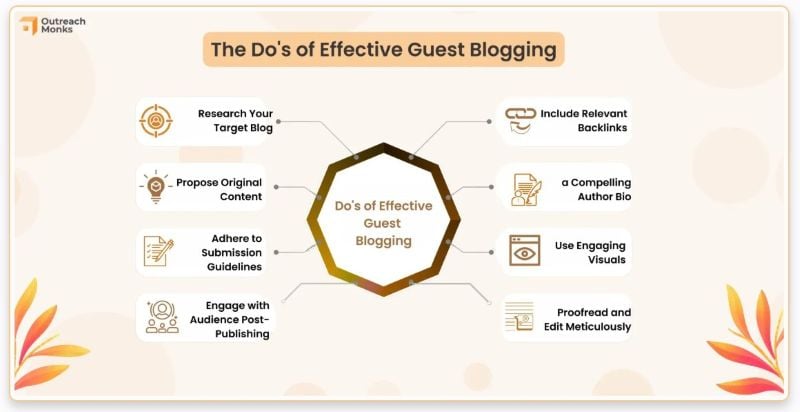 Source
SourceGuest posting is a proven strategy, but throwing in a massive array of guest posts can do more harm than good. Opt for quality over quantity here, by only bringing on guest posts from trusted thought leaders in your niche or industry and only guest posting on blogs from people you know and trust.
Knowing where to begin can feel difficult. You can use networking sites like LinkedIn to create connections and reach out with a pitch, but you can also comb through your own follower counts to find similar accounts and create a pitch based on desired time and avenue.
10. Diversify Distribution Channels
Blog content does not need to stay entirely on your own site. Your work can be syndicated on sites like Medium and LinkedIn, and can also be repurposed in email newsletters. Content audits can quickly reveal content that can be used on different platforms and in different mediums.
AI and automation can be used to promote your content, as well. Although the ethics of AI are still being debated to a significant degree, by using AI and automation to post and cross post, you can leverage your content on multiple platforms for the best results.
Common Blogging Mistakes (And How to Avoid Them)
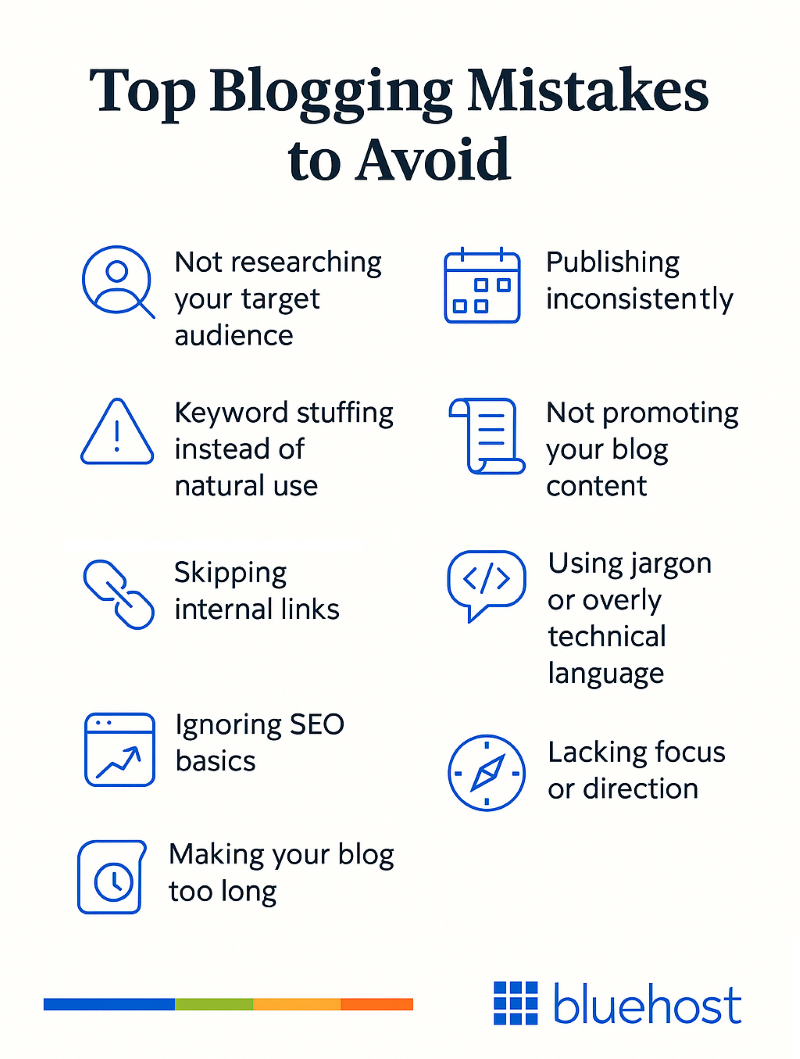 Source
SourceEven experienced bloggers fall into bad habits that stifle growth. Here’s a rundown of the biggest blogging mistakes I see — and exactly how to sidestep them with a smarter, more sustainable approach.
- Waiting too long to optimize for SEO. SEO can be built into your creation process. Even a newbie blogger can make use of SEO tools that evaluate as you write and offer suggestions to improve SEO.
- Writing without a strategy or publishing calendar. Your blogging needs direction and guidance! Do not forget to create a content calendar and clarify your marketing strategy.
- Trying to do everything yourself. Know when (and what!) to outsource. Trying to do everything yourself will likely result in important aspects of your business falling through the cracks.
FUrther Reading: 15 Blog Writing Tips for Before, During, and After Writing Your Post
Real-World Blogging Workflow (Behind the Scenes)
Content creation doesn’t have to be chaotic. I’m sharing my personal blogging workflow and the tools I use to stay productive, organized, and consistent without sacrificing quality.
- Keywords and content creation. Ahrefs and Frase are two tools that can be invaluable in creating and distributing your content. Both can be used to identify and evaluate key words and produce successful blog posts.
- Workflow ideas. From idea ? outline ? draft ? optimization ? publish. By following this basic formula, you can continually create well-fleshed-out ideas.
- Editorial pipelines. Trello and Notion can be used to organize your content creation process and blog posts themselves. By creating a dedicated calendar or plan, you can help keep yourself accountable.
Further Reading: 11 Expert Blogging Tips to Take Your Blog to the Next Level
Final Thoughts on Blogging Tips for Building a Successful Blog
If there’s one thing I’ve learned over the past 15 years of helping brands grow their influence online, it’s this: great blogging is equal parts clarity, consistency, and courage. Whether you’re building a personal brand or blogging as part of a business, the right strategy can turn your ideas into assets.
Start simple, stay consistent, and remember: your perspective is the most valuable part of your blog. No blogging strategy is truly complete without authenticity. Use these blogging tips as a foundation and over time, you’ll build not just traffic, but trust and transformation.
Actionable advice for your digital / content / influencer / social media marketing.
Join 13,000+ smart professionals who subscribe to my regular updates.